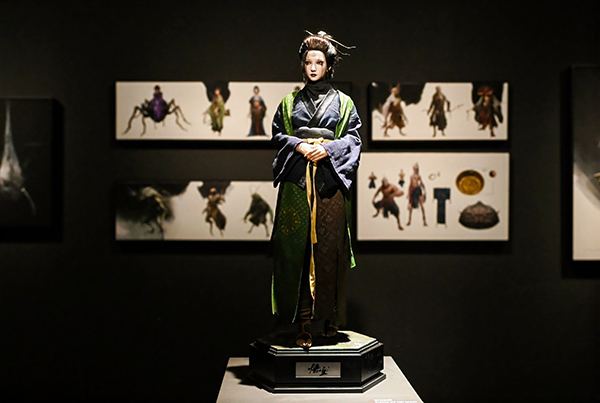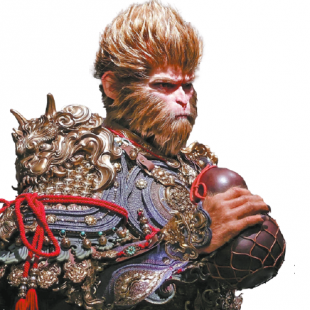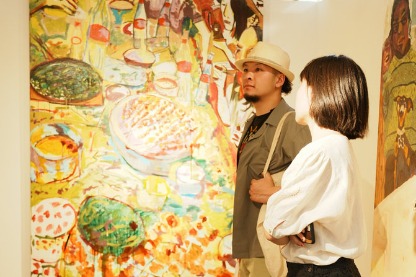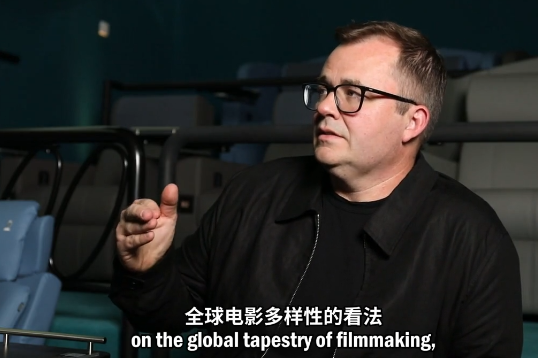Stepping into the mythical world of Wukong
Extensively curated exhibition brings IP offscreen with lifelike replicas of its iconic scenes, Li Yingxue reports.


At the heart of the game is Yang Qi, its art director and cofounder of Game Science. A graduate of the China Academy of Art, Yang's journey from oil painting to game development embodies the school's philosophy of integrating artistic, social, and interdisciplinary knowledge.
"Game design is a cross-disciplinary field," Xuan says. "Games can include calligraphy, architecture, Chinese painting, and sculpture. Yang studied oil painting."
For several years, Xuan has invited Yang to the school as a visiting professor, where he shares his experiences with students through intimate talks and workshops.
Yang's return to the classroom reflects the school's larger mission in nurturing creators who understand how to fuse heritage with innovation and art with code.
As one of China's first institutions to establish a game design program — originally founded as the Department of Animation in 2002 — the school continues to align its mission with broader cultural goals.
According to Fang Zhou, deputy director of the academy's publicity department, the program's development mirrors Hangzhou's ambition since 2004 to become an "International Capital of Animation".
"From the start, we aimed to communicate Chinese cultural values, imagine future social possibilities, and expand the boundaries of academic disciplines to nurture globally minded designers who bridge art and technology," Fang says.
In Fang's eyes, Yang's career is a model for the next generation — grounded in tradition, driven by passion, and refined through years of dedicated work.
"He started with Chinese painting, studied oil painting in college, and eventually transitioned into digital art," Fang says. "His story is a perfect example of leveling up in the gaming industry."





































